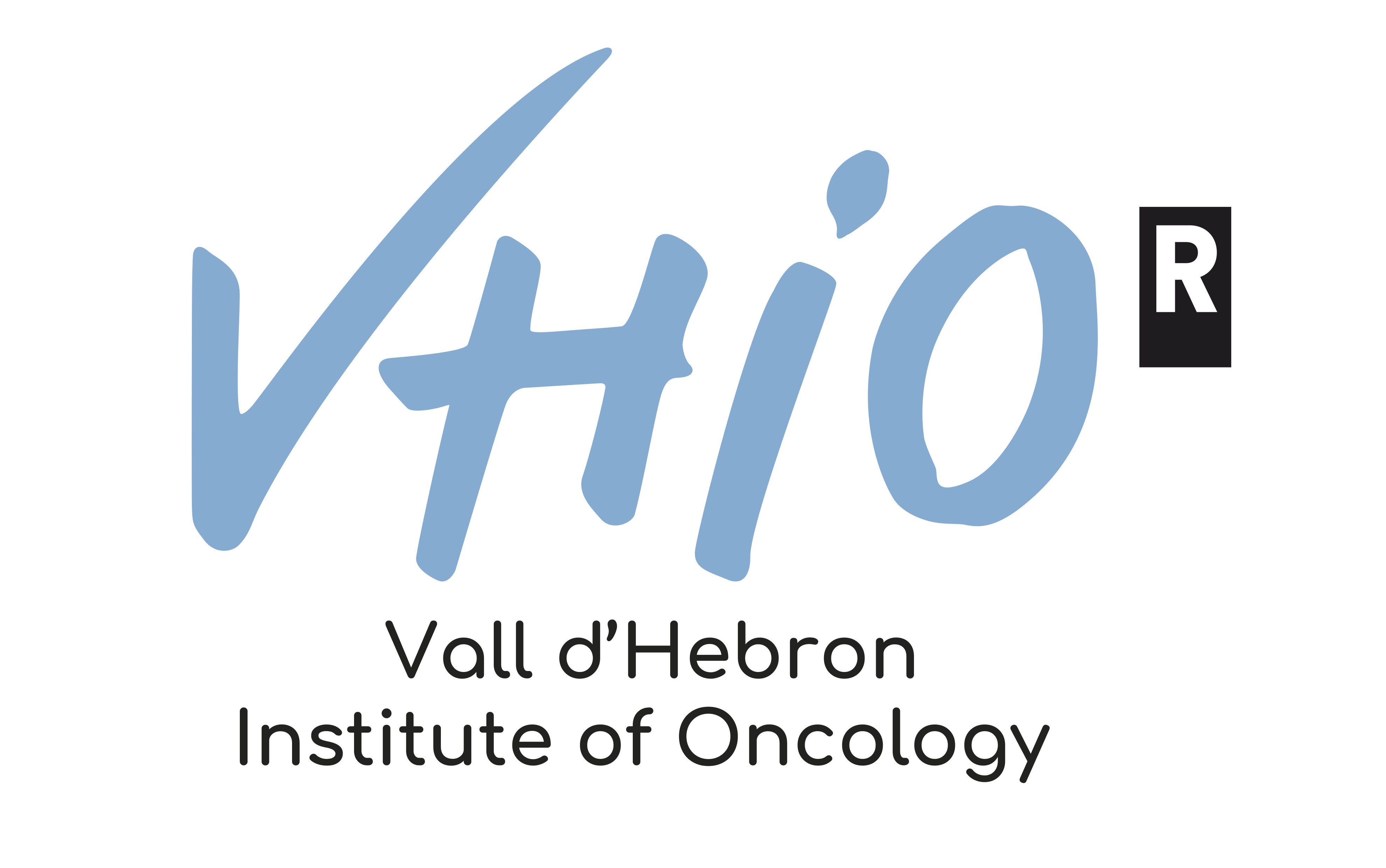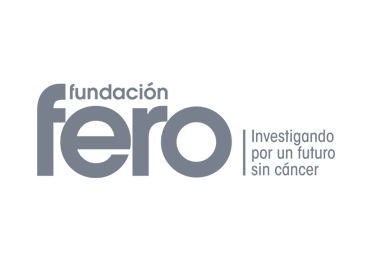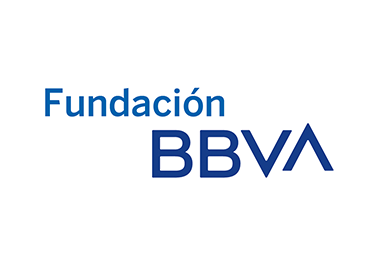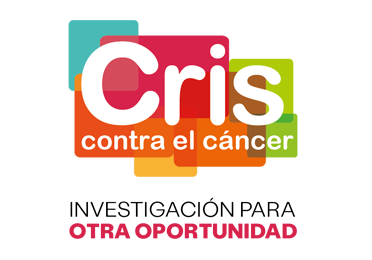VHIO Communications talks to Josep Villanueva, PI of VHIO´s Tumour Biomarkers Group, about the latest developments in tumour biomarkers and proteomics:
Your latest paper published in Molecular & Cellular Proteomics on the role of unconventional protein secretion in the tumour cell secretome is generating great interest among the scientific community. Why is that?
Josep Villanueva: For several years we have known about the importance of the microenvironment that is in immediate contact with tumor cells; we have been increasingly aware of this in our search for biomarkers that tell us about what is happening in these cells. It seems that in this microenvironment or microecosystem there is an accumulation of proteins secreted by the cells, which translate the processes taking place inside the cells. This is what is known as the secretome. The secretome not only plays an important role in tumour cell and stromal cell intercommunication but also, part of this secretome may also reach the bloodstream.
We believe that the secretome becomes a key factor in the case of tumour cells since this extracellular “space” provides us with a source of potential tumour biomarkers and therapeutic targets. We have further explored the proteins that surround the tumour cell for their capacity as biomarkers of tumour cell activity, and importantly, we have solved two methodological problems that had been limiting cancer secretome analysis and its usage to date. Our paper marks a before and after in methodological approaches. We have described the starting point for detecting all these proteins and how to determine which are not valid for study.
So not all proteins are useful?
Josep Villanueva: Exactly. In fact, although many experts believe that the secretome may hold the key to many cell processes, the high degree of interference when studying the secretome makes it very difficult to come up with clear-cut results.
What sort of interference are you referring to when you talk about finding proteins that are potential candidate cancer biomarkers?
Josep Villanueva: The biggest limiting factor and challenge to-date is that the “space” around the tumour cell not only accumulates proteins that provide valuable information about tumour processes, but also large amounts of protein contaminants, due to the method used to isolate the secretome. Although the secretome is a subset of the proteome, and has clear implications as a diagnostic tool for cancer, until now there have been two methodological problems that have limited its effective use. First, the secretome generated by tumour cells should not be greatly affected by cell death. Second, we need to be able to distinguish between secreted proteins and those in the cell culture medium, because this medium also contains proteins.
And did you solve this problem in your study?
Josep Villanueva: We firstly focused on how to identify the proteins in the secretome that result from cell death processes since these proteins are those causing the most interference. We then went on to identify contaminants in the secretome from proteins that are present in the serum used to culture the tumour cells, and we ruled out known artefacts in order to isolate the actual secretome generated by the tumour cells.
How did you avoid these artefacts in your study?
Josep Villanueva: We described how we solved these two problems using kinetic analysis of protein secretion, stable (non-radioactive) isotope labelled cells, and mass spectrometry.
And did you manage to identify any proteins apart from the “contaminant” ones?
Josep Villanueva: Yes we did. After overcoming the main methodological obstacles in secretome analysis, we discovered that about half of the proteins secreted by tumour cells are not secreted via the classical pathway, in other words, through a signal peptide. In theory, this group of proteins is located inside the cell, for example, in the nucleus, mitochondria or cytoplasm, and many of these proteins had never been specifically found outside the cell.
So is this the first time that these findings have been confirmed?
Josep Villanueva: Yes. Until now the secretome had never been fully explored by studying the different secretory pathways. Other research groups have discovered a specific protein that is secreted via a non-classical pathway, but we have shown that this phenomenon is extremely widespread. The presence of so many proteins secreted via alternative pathways that we did not specifically expect to find in the extracellular space, opens up possibilities that were hitherto unforeseen. For example, some of these proteins may have different functions depending on the cellular compartments in which they are found.
You mention that a large number of proteins are secreted via alternative pathways. How are proteins normally secreted?
Josep Villanueva: Proteins secreted via the classical pathway are transported through the endoplasmic reticulum and Golgi apparatus, using the signal peptide. Examples of alternative pathways are exosomes and microvesicles. Other proteins secrete their extracellular domains through shedding processes, which means that a protease specifically cleaves one part of the protein that is left outside the cell, while another part remains inside. It is also important to note that there are other alternative secretory pathways that are unknown as yet.
What we found was that approximately half of the proteins secreted by tumour cells are not secreted via the classical pathway (through a signal peptide), but via these non-classical or alternative pathways. Although we cannot rule out that non-classical secretion plays a role under cellular physiological conditions, we have proved in our work that it is definitely involved in the translation of an abnormal process, which is why it may provide valuable information on the disease process. We have found that some of these proteins should not be located in the extracellular medium, but this does occur in the case of a tumour process, which makes them valuable tumour biomarker candidates.
And methodologically speaking, is secretome analysis very complex using a proteomic approach?
Josep Villanueva: Yes, it is. Proteomic techniques are becoming increasingly important. Today we can conduct studies that were impossible just yesterday, and we can design studies that are not feasible today but will be tomorrow. Proteomics has limitations compared with other disciplines, such as genomics. Determining what is actually measurable is part of the initial task, because unlike other techniques, in proteomics, no standards have been established yet by product brands and technology companies. Proteomics does not have the robust references that are available in genomics and gene expression studies. And when you start any study, the first task is always to measure what you are going to measure. In other disciplines you can compare your results with pre-established parameters.
What does this study mean from a methodological point of view?
Josep Villanueva: Apart from the results themselves, we have established methodological parameters for secretome analysis. According to our experiments, protein secretion has the peculiarity of being time dependent. Our findings have established the optimum times for secretome collection, which is a question of striking a balance between the time required for sufficient protein secretion and the appearance of contaminants resulting from cell death or lack of serum (which is the source of nutrients for cells), because the process involves cell washing to avoid interference from the proteins present in the serum.
Part of our research has already validated groups of proteins resulting from cell death and stress, and we have also identified which proteins may be valid for the quality control of breast cancer cell lines for further research and secretome analysis.
And from a cancer research point of view?
Josep Villanueva: Well, after demonstrating that so many proteins are secreted via alternative pathways, we performed a functional validation of our finding “in vivo”. We selected a group of proteins in our secretome that should actually be found in the nucleus and then we looked for it in human breast tissue. To our surprise we found that although these proteins are present in the nucleus in normal tissue, in tumour tissue their location changes and this new location appears to be consistent with the fact that they have been secreted. This study therefore shows that a large number of proteins that had never been found in the extracellular space are specifically secreted and could be used as tumour markers.
Finally, we hypothesise that tumour cells use unconventional or alternative protein secretion pathways during tumour formation and this might even be a mechanism used by tumour cells during tumourigenesis.
Now that you have managed to solve the methodological limitations of secretome analysis, are you working on any specific biomarkers?
Josep Villanueva: Apart from this study published in Molecular & Cellular Proteomics, we are also working on the characterisation of proteins that colorectal cancer cells use for communication when the so-called EGFR pathway is stimulated or when this pathway is blocked with new anti-EGFR drugs. This project is being conducted as part of a European Union FP7 project in collaboration with several international groups, and at a local level with Josep Tabernero, Director of VHIO. The aim of the project is to develop new biomarkers indicating response to these drugs and also to identify and tackle mechanisms of resistance. We are also implementing algorithms to improve the results obtained using quantitative proteomics, which in turn will help to discover other tumour biomarkers.
We hope we will be able to share these results shortly.











